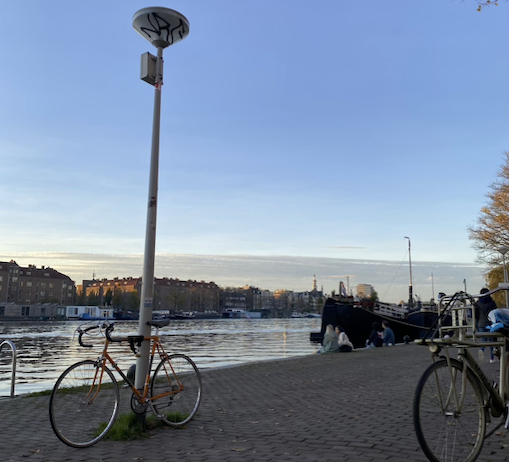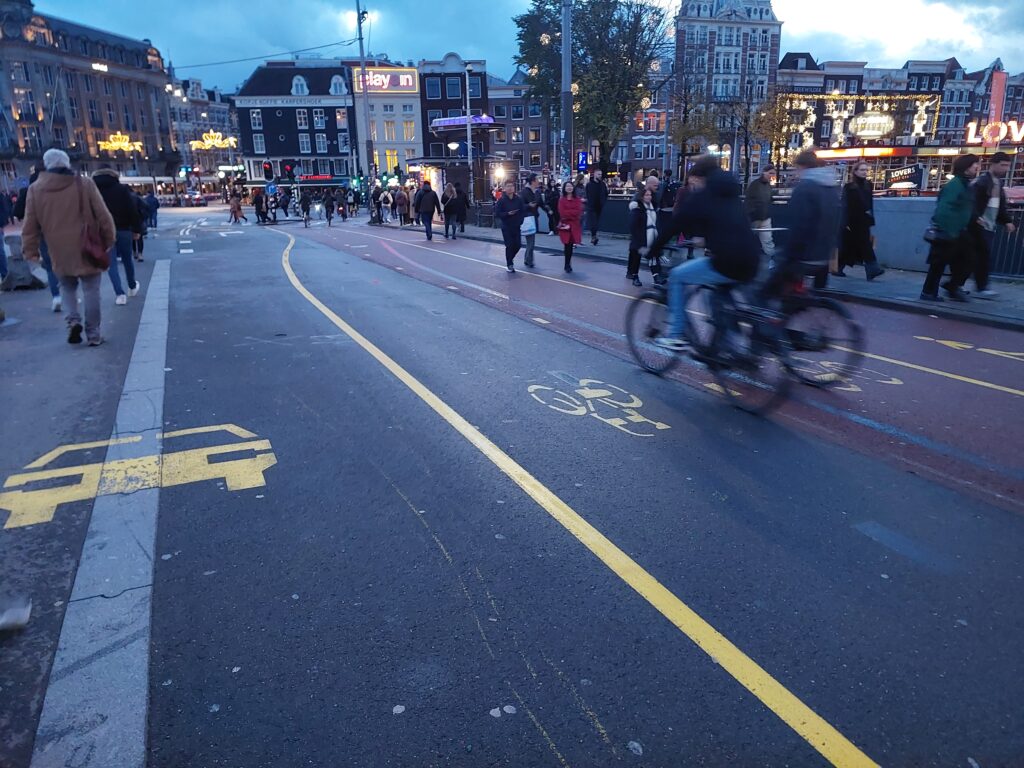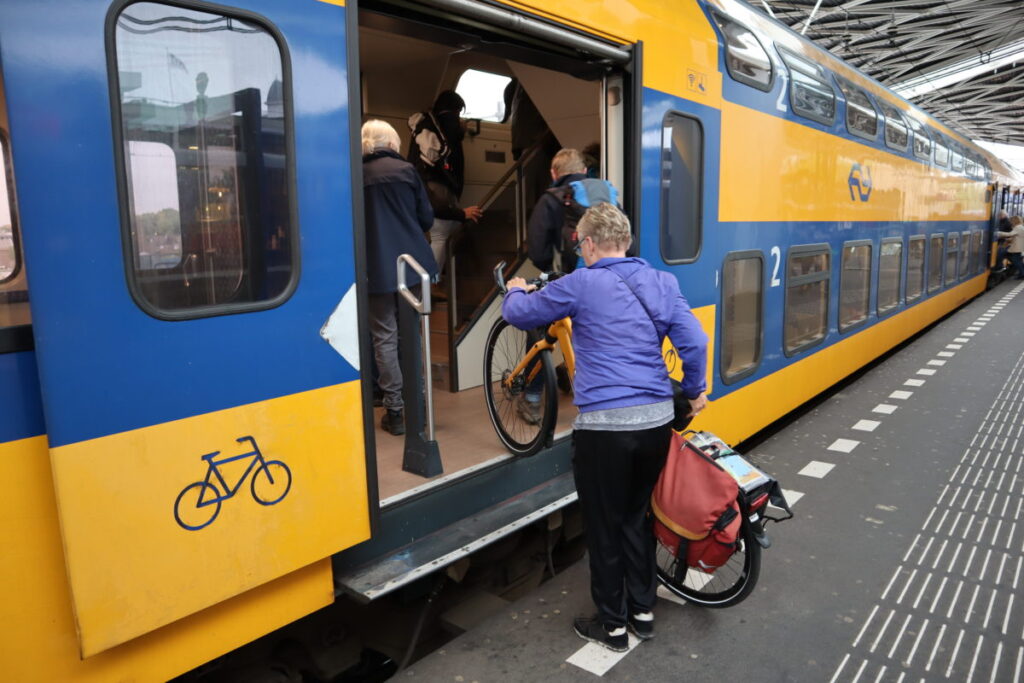Marian Haydn | LinkedIn
Selected final essay, published 23rd May 2023
Marian Haydn holds a Bachelor of Science in Spatial Planning and Regional Planning. He is currently pursuing his Master’s in Spatial Planning at the Technical University of Vienna. His academic focus is on equitable traffic planning, with a particular emphasis on public transportation and active mobility.
Unravelling the Cycling City MOOC on Coursera
To begin this essay, I will briefly summarize my experiences in the course “Unraveling the Cycling City”. Then, I will discuss my key takeaway, and at the end, I will talk about the situation in Vienna and what further questions are important to me.
The course: A ton of small insights and “aha” moments
For me, there was a lot to learn in this course, and I was able to take away something new and exciting from almost every chapter. That is why it is not easy for me to identify a specific key takeaway in this essay. Most of the insights are closely linked, and I had an “aha” moment at many points. Before I get to my key takeaway, which concerns the legal situation regarding cyclists in the Netherlands, I would like to mention two aspects that fascinated me and gave me a broader understanding of cyclists:
- Cyclists do not behave according to the rules/laws because they do not feel safe, which is due to car-centric planning. Quote: “The current iteration of our transportation system was not designed with bicycles in mind, and most bicyclists seem focused on surviving in a system designed for a very different mode of transportation” (Marshall et al, 2017, p.826).
- The informal exchange between cyclists through subtle body movements and facial expressions enables a complex type of communication based on consideration and understanding, which allows for a smooth flow of traffic between road users in complex traffic situations. Often, rules such as traffic lights hinder this dynamic (Glaser, 2017).
Key takeaway: Bicycle-friendly jurisprudence in the Netherlands
One aspect that stands out from all the others is the jurisprudence and “untouchability” of cyclists in the Netherlands. In accidents between cyclists and car drivers, the car driver is held responsible, even if the cyclist ran a red light (Brailsford, 2016).
At first, when I saw the video, I thought I had misheard because it is fundamentally different from what we have in Vienna. Even if a cyclist in Vienna rides over a cyclist crossing at over 10 km/h, the car driver can argue that they did not see the cyclist coming and may, at most, bear partial responsibility.
According to the video from week 4, in the Netherlands, judges do not accept the argument “the cyclist’s behavior was unexpected and unavoidable” in a dispute. Quote: “Even if an accident occurs when a cyclist runs a red light, the motorist cannot argue that the cyclist’s behavior was unexpected and unavoidable” (Brailsford, 2016, 03:37).
It makes sense to differentiate between car drivers and cyclists. After all, one chooses to get into a car that weighs 1500 kilograms and can potentially kill people, while the other rides a bike that rarely or never causes deaths.
For me, the question arises: Where is the best starting point to raise awareness among the population? Do citizens need to experience the advantages of cycling themselves by using good bike paths? Is a bicycle-friendly jurisdiction needed first to better protect cyclists in traffic? Or is there no way around demonstrations and civil disobedience to bring about change? Just like in the late 1960s in the Netherlands (Week 1.1, How the Dutch got their cycle paths).
In addition to the broad range of questions that will shape my future education, I have taken great interest in the publication “Design Manual for Bicycle Traffic.” This manual provides specific planning tips for designing a city according to the Dutch model. Such information would have greatly aided me in developing my designs during my undergraduate studies. Moving forward, I intend to utilize the extensive recommendations presented in this publication during my graduate studies to ultimately implement high-quality bicycle infrastructure in Vienna and improve the quality of my designs.


Sources
Marshall, Piatkowski, D., & Johnson, A. (2017). Scofflaw bicycling: Illegal but rational. Journal of Transport and Land Use, 10(1), 805–836.
Glaser, M. (2017). What happens if you turn off the traffic lights? The Guardian.
Brailsford.L. [LucasBrailsford]. (2016). Cyclists behaving badly – Understanding cyclist disobedience in Amsterdam



